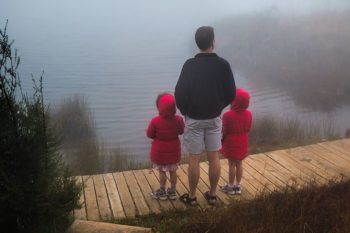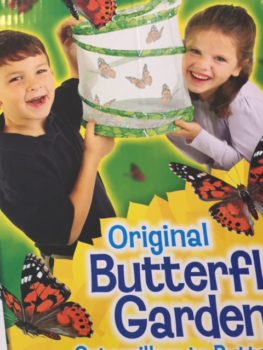Going Back to School During Wildfires
 Going Back to School During Wildfires
Going Back to School During Wildfires
After a long hot summer and expanded lockdowns in California’s schools, students are excited to return to school. Some are in shock as they learn to navigate through the daily schedule. Many younger students have never been to a public school. Older students may have lost nearly two years of middle school and now must attend a large public high school. Many retired teachers are returning to help these challenged students and their teachers overcome these many obstacles.
Plan for Wildfire Safety
As I return to school this coming week as an elementary substitute teacher, I am prepared to share engaging units of study for children to read, write, and discuss with their classmates. My second graders will learn about how wildfires can be started in California’s wooded fields. Then we will discuss what they can do as a family to protect their homes from wildfires and how they should plan for a fire in their community. Next, we will learn about how to read the Air Quality Index. In our area, many students had to stay inside for two days last week because of the unhealthy air quality in the community. We will learn when to open windows at home and how we can protect our health if we must be outside.
Create a Wildfire Action Plan
Finally, we will write an action plan that we can share with parents on:
- How to prepare their home for a wildfire
- What supplies should be collected ahead of time for a wildfire that may include important papers, money, medicines, clothes, valuables, photos, and family heirlooms
- How the family can escape from their home in an emergency
- Where the family will evacuate to in case of an emergency
- How the family will communicate with each other during an emergency
- What emergency contact information parents should collect for an emergency
Share Fears About Scary Events
As we discuss and create this safety plan, the students will be able to share their fears about other scary events that have occurred in the past year. For example, many students know folks who have survived Covid infections, lost jobs, or are living in poverty this past year. As students discuss current challenges in their community in relation to other scary events, they will feel more confident that they can share their feelings with classmates. Through these activities, students will learn how we overcome many emotionally challenging times in our community by supporting each other with relevant learning activities.
Happy new school year with your children!
Mary Ann
 Help Students Express Gratitude and Brainstorm Solutions
Help Students Express Gratitude and Brainstorm Solutions Learning Environment
Learning Environment Responding to Your Kids’ Challenging Behaviors at Home
Responding to Your Kids’ Challenging Behaviors at Home Coronavirus: Expanding Our Shopping Options
Coronavirus: Expanding Our Shopping Options